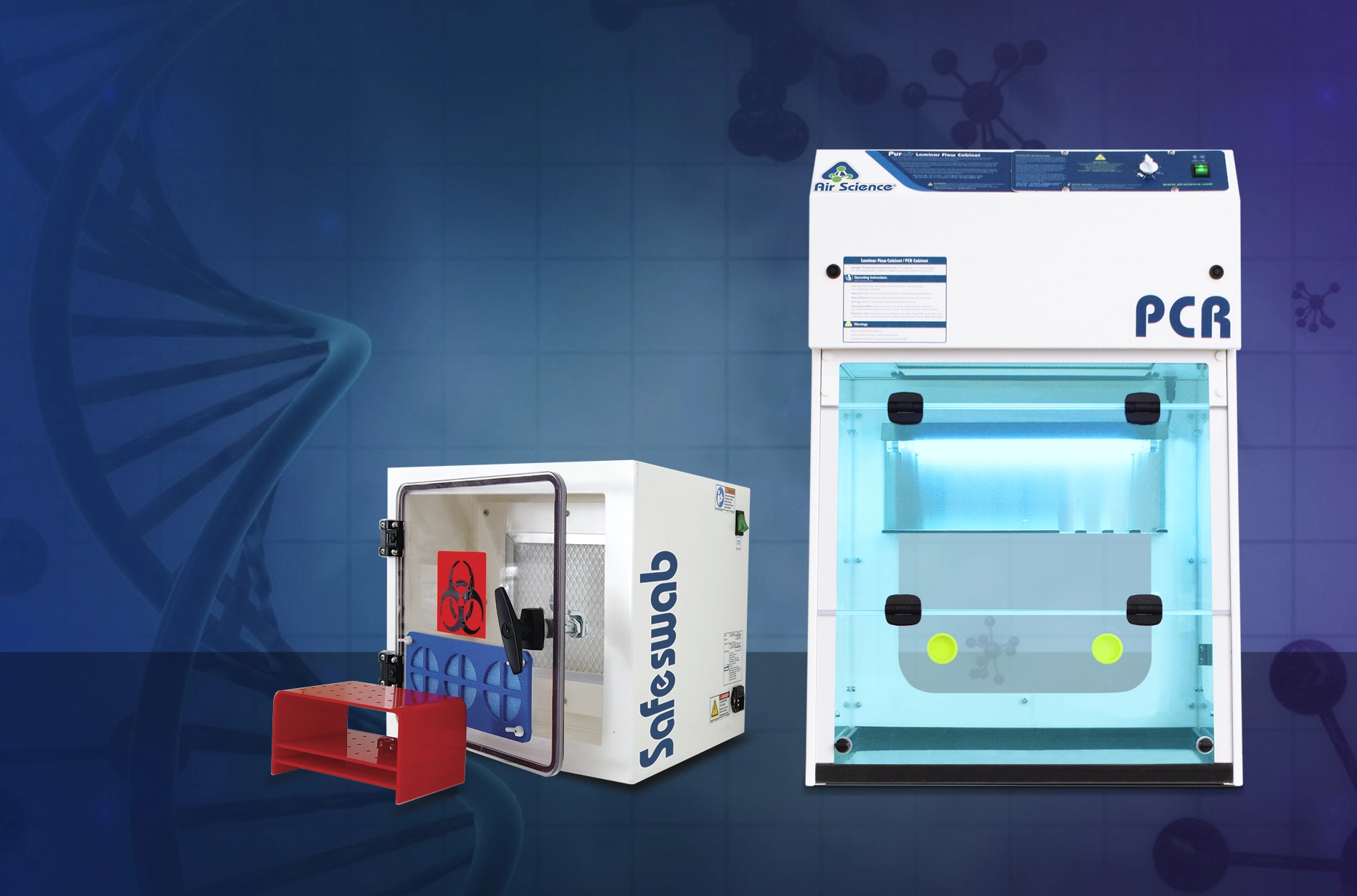
In 1953, three articles published in the scientific journal Nature detailed one of the most important discoveries in scientific history – the DNA double helix. James Watson and Francis Crick’s article described a theoretical understanding of DNA’s molecular structure and was followed by two research papers, one led by Rosalind Franklin and one by Maurice Wilkins, that supported the theory with data. With the help of Franklin’s x-ray diffraction studies, Watson, Crick and Wilkins went on to win the Nobel Prize in Physiology or Medicine for their discovery of the DNA model.i
Our understanding of DNA has signaled a shift in how we catalog our world; this shift is analogous to the move from analog to digital. In the 70 years since its discovery, this insight into DNA has shaped how we identify plants and animals, been instrumental in medical breakthroughs, and enabled huge advancements in forensic science.
Since its adoption in 1986, the use of DNA in forensic science applications has helped solve countless cases, including those that had previously gone cold.ii Within the chain of custody, prevention of contamination of DNA evidence is critical. To ensure the validity of evidence, DNA must be protected against contamination from the crime scene to the laboratory. In the forensic laboratory, cross-contamination prevention depends on the right laboratory equipment.
Air Science Safeswab Swab Drying Cabinets
Proper handling of DNA and other biological evidence collected using swabs is essential, as the introduction of biological material from other sources can invalidate evidence. The Air Science Safeswab swab drying cabinet can be used at any stage within the chain of custody to ensure evidence protection. The Safeswab helps ensure DNA remains intact and protects swabs from bacterial or mold growth that can occur during specimen storage.
Learn more about protecting biological and DNA evidence with the Air Science Safeswab.
Air Science PCR Laminar Flow Hoods
DNA sampling allows criminal investigators to compare recovered DNA evidence to a suspect’s profile. Scientists can amplify genetic material using Polymerase Chain Reaction (PCR) machines, even when minute amounts of DNA evidence are collected from a crime scene. However, PCR is extremely susceptible to contamination as it cannot distinguish DNA from different sources. Therefore, thermocyclers or PCR machines should be operated in a PCR hood per CDC recommendations when analyzing DNA evidence.iii PCR laminar flow hoods or workstations are reliable, economical solutions that help prevent cross-contamination that can adversely affect samples. While they protect the sample from contamination, they are intended for use with non-hazardous applications where biological or biohazard byproducts are not generated, and user protection is not required.
Learn more about protecting evidence before DNA amplification with Air Science PCR Laminar Flow Hoods.
iMatthew Cobb, “Sexism in science: did Watson and Crick really steal Rosalind Franklin’s data?,” The Guardian, June 2015. https://www.theguardian.com/science/2015/jun/23/sexism-in-science-did-watson-and-crick-really-steal-rosalind-franklins-data.
iiPanneerchelvam S, Norazmi MN. Forensic DNA profiling and database. Malays J Med Sci. 2003 Jul;10(2):20-6. PMID: 23386793; PMCID: PMC3561883.
iiiThe CDC recommends conducting work in an unventilated, “still air” PCR hood (biocontainment cabinet) to minimize cross-contamination in sensitive PCR applications.